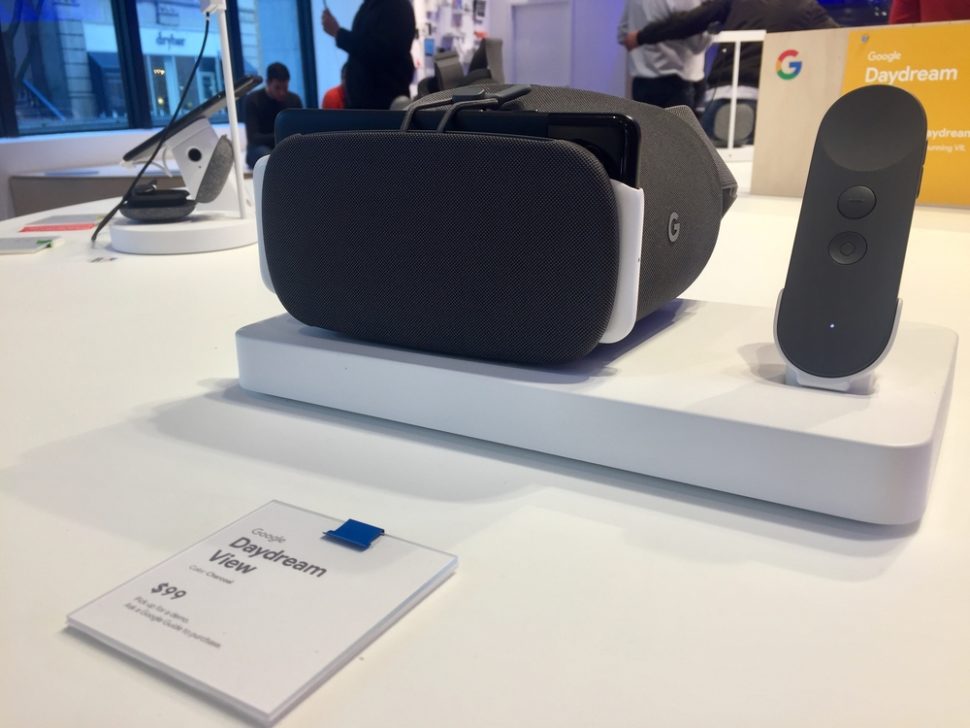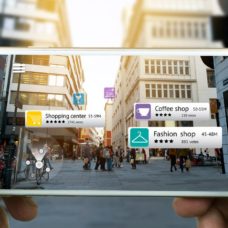It’s official; Google Daydream View is leaving the phone-based VR market.
In 2016, Google launched Daydream View along with its first Pixel phone. Like Samsung‘s Gear VR, this was the search engine giant’s attempt at creating a phone-based virtual reality.
Simply slot your smartphone into the front, and it would automatically render stereoscopic images straight into your eyeballs. Aside from enjoying support from smartphones like Samsung, Huawei, and LG, Google displayed lots of confidence in the headset.
So, it wasn’t surprising that the search engine giant released a second-generation Daydream View one year after the first one. But 2019 came, and Google appears to be abandoning its VR phone ambitions.
The mid-range Pixel 3A wasn’t compatible with the VR headset, and neither was any other phone that was released this year. Then, Google announced the Pixel 4 earlier this week without the support, and it finally put an end to the dying Daydream.
In an email to the press, Google said:
“While we are no longer selling Daydream View or supporting Daydream on Pixel 4, the Daydream app and store will remain available for existing users.”
A phone-based VR seems like a good idea. So, what went wrong with Google Daydream View?
Why Google Daydream View Failed
The product was never able to pique consumers’ interest.
As immersive as the experience was, most consumers were unwilling to put their smartphones in the headset and lose access to their regular apps. As a result, Daydream View has gotten lesser usage over time.
Also, the Google-made VR headset offers basic features compared with other fully-fledged dedicated VR headsets. For example, Facebook‘s Oculus Quest can track users’ locations in 3D space and requires no additional hardware.
With the VR headset dead, Google has decided to focus on improving its Augmented Reality technologies.
The tech giant wrote:
“We’re investing heavily in helpful AR experiences like Google Lens, AR walking navigation in Maps, and AR in Search that use the smartphone camera to bridge the digital and physical worlds, helping people do more with what they see and learn about the world around them.”



















Comments (0)
Most Recent